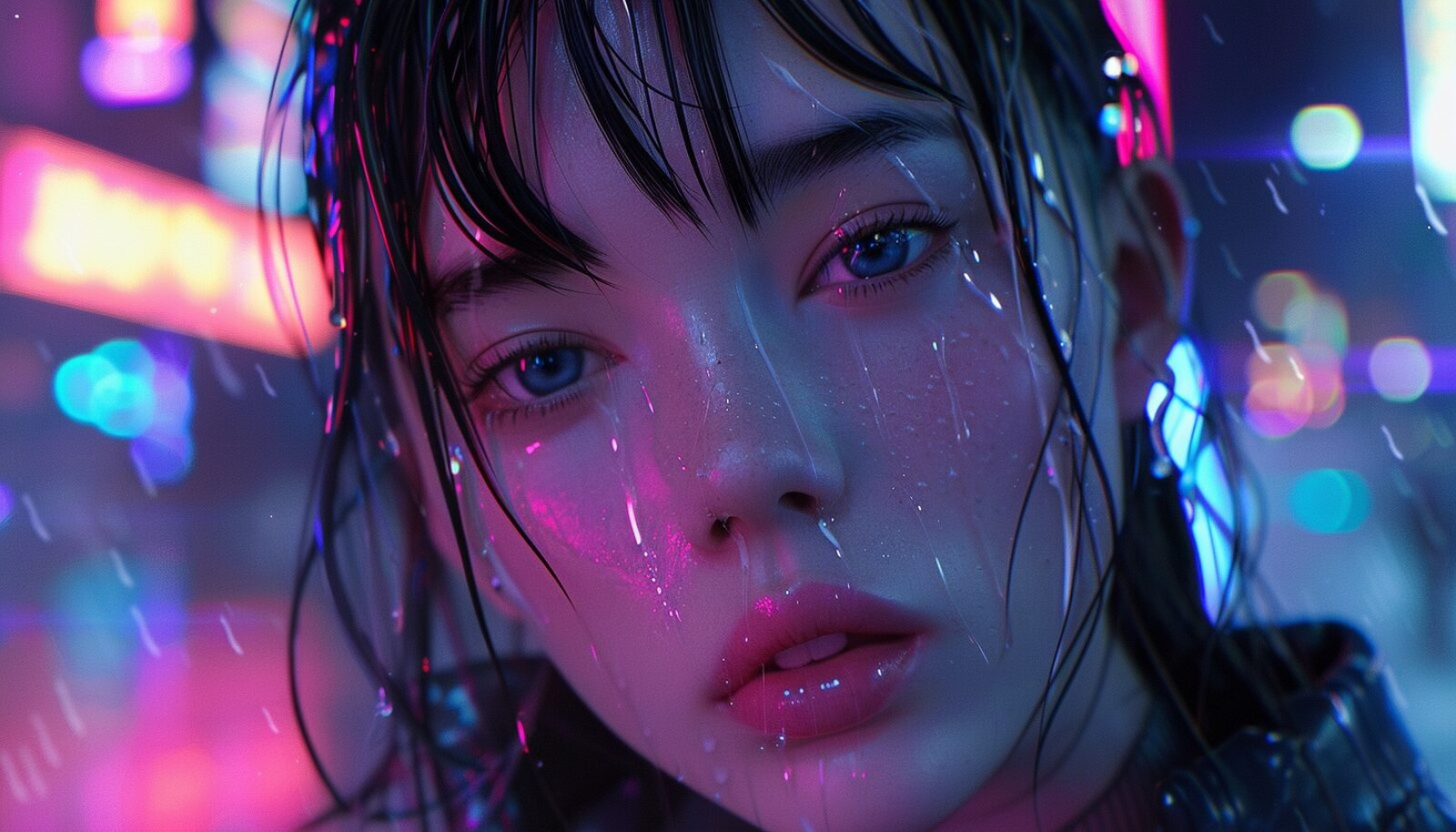
Oliver Blockfield
AI-Powered NFTs: The Next Frontier in Digital Art and Gaming!

Non-fungible tokens (NFTs) have already transformed the digital art and collectibles market by providing a means of proving ownership and authenticity for digital assets. Now, with advancements in artificial intelligence (AI), NFTs are evolving to offer even more dynamic and interactive experiences. This fusion of AI and NFTs is opening new possibilities in digital art, gaming, and beyond, making digital assets smarter and more engaging.
The Evolution of NFTs
From Static to Interactive
Initially, NFTs were primarily used to represent ownership of static digital assets like images, videos, and music. However, the integration of AI has allowed NFTs to become more interactive and adaptive. These AI-driven NFTs can change and evolve based on user interactions, environmental factors, or even their own decision-making processes.
The Role of AI in Enhancing NFTs
AI technologies such as machine learning, natural language processing, and computer vision are being utilized to add layers of intelligence to NFTs. For example, an AI-powered NFT could learn from its owner’s behavior, adapt its features accordingly, or even generate new content. This creates a more personalized and immersive experience for users, transforming NFTs from static collectibles into living digital entities.
Applications of AI-Driven NFTs
Digital Art
In the realm of digital art, AI-driven NFTs are enabling artists to create works that can interact with viewers in real-time. For instance, an NFT artwork might change its appearance based on the viewer’s emotions, which are detected through facial recognition technology. This creates a unique, interactive art experience that evolves with each interaction.
Gaming
AI-driven NFTs are also making significant impacts in the gaming industry. These NFTs can represent in-game characters that learn and evolve based on player actions, creating more immersive and personalized gaming experiences. For example, a game might feature AI-powered NFT characters that adapt their strategies and behaviors based on the player’s style, making the game more challenging and engaging.
Virtual Worlds and Metaverses
In virtual worlds and metaverses, AI-driven NFTs can enhance the realism and interactivity of digital environments. AI can be used to create dynamic, self-learning avatars and objects that interact with users in more natural and meaningful ways. This integration is paving the way for more sophisticated and lifelike virtual experiences, where digital assets are not just static items but active participants in the virtual ecosystem.
Benefits and Challenges
Benefits
- Enhanced Interactivity: AI-driven NFTs provide a more engaging and interactive experience for users, making digital assets more dynamic and lifelike.
- Personalization: These NFTs can adapt to individual users, offering personalized experiences that static NFTs cannot provide.
- Innovation in Art and Gaming: The combination of AI and NFTs is driving innovation in digital art and gaming, creating new forms of content and interaction.
Challenges
- Complexity: Integrating AI with NFTs adds a layer of complexity that requires advanced technological expertise and infrastructure.
- Cost: Developing AI-driven NFTs can be costly, both in terms of creation and maintenance, potentially limiting access for smaller creators.
- Security: Ensuring the security of AI algorithms and the data they process is crucial, as these elements are integral to the functionality and integrity of AI-driven NFTs.
Future Prospects
Continued Innovation
The intersection of AI and NFTs is still in its early stages, but it promises continued innovation and expansion. As AI technologies advance, we can expect even more sophisticated and intelligent NFTs that offer richer and more interactive experiences.
Broader Adoption
As the benefits of AI-driven NFTs become more apparent, broader adoption across various industries is likely. Beyond art and gaming, sectors such as real estate, fashion, and education could leverage AI-driven NFTs to offer unique and interactive digital experiences.
Conclusion
The integration of AI with NFTs is transforming the landscape of digital assets, making them more interactive, intelligent, and valuable. As this technology continues to evolve, it holds the potential to revolutionize various industries by offering dynamic and personalized digital experiences. The future of AI-driven NFTs is bright, with endless possibilities for innovation and application.














